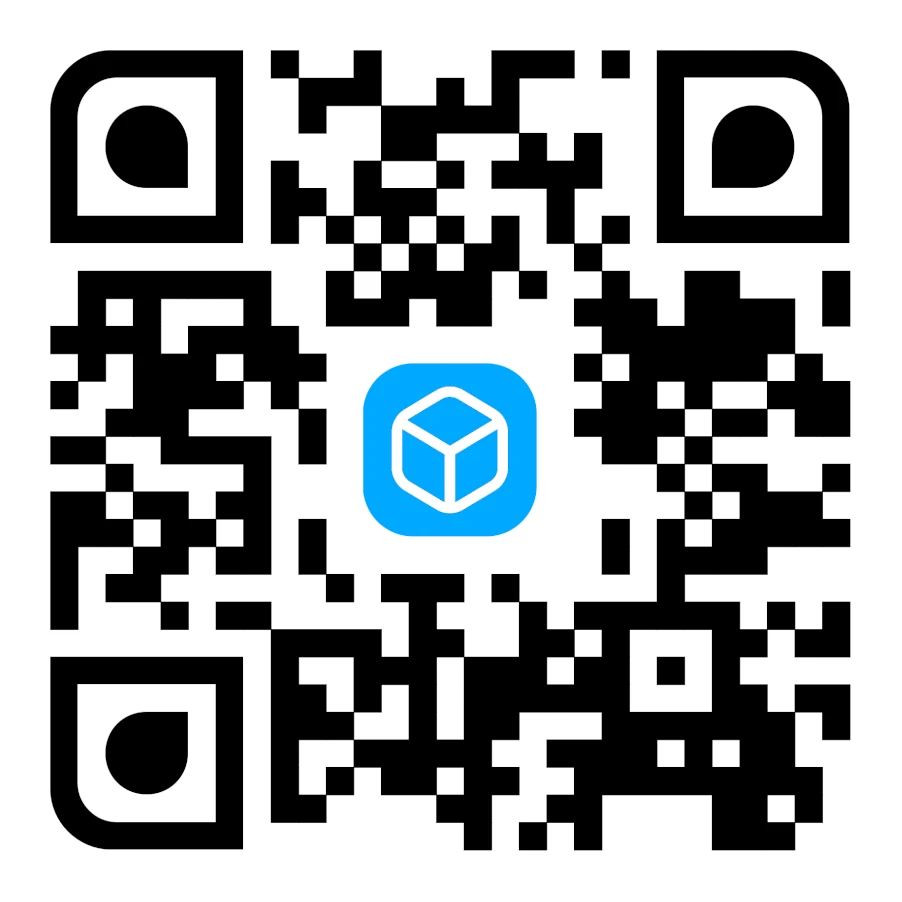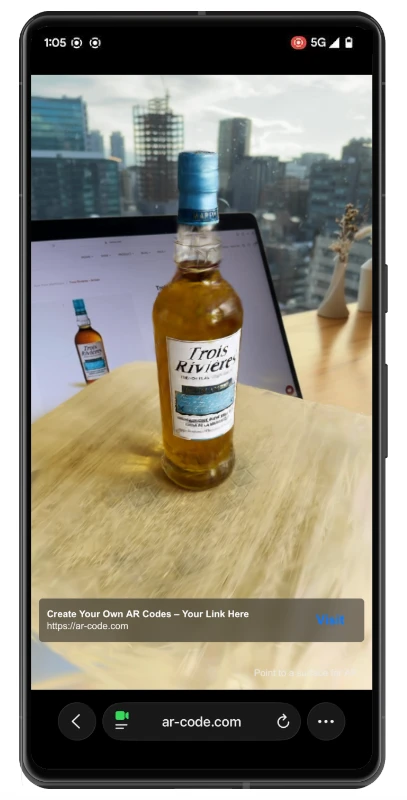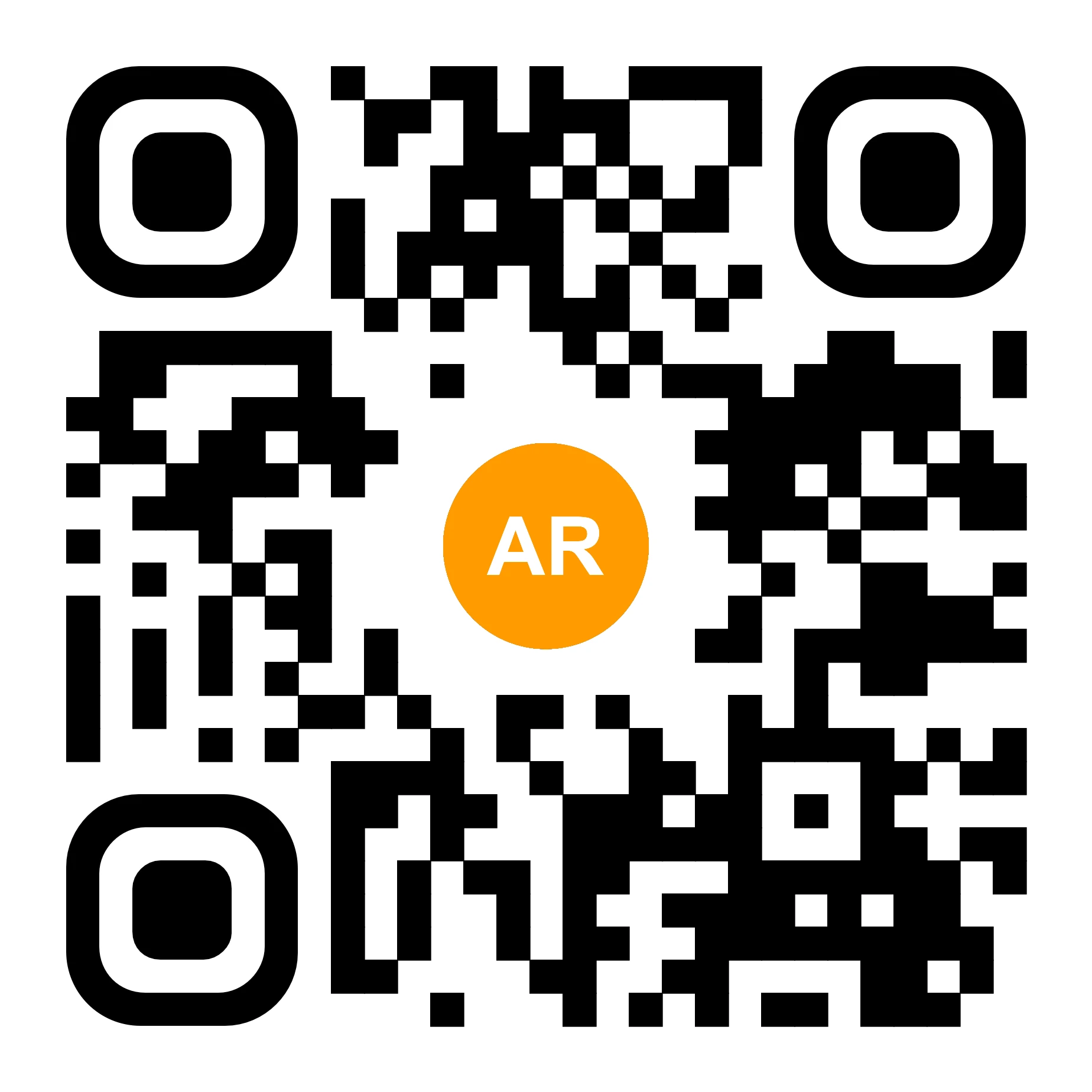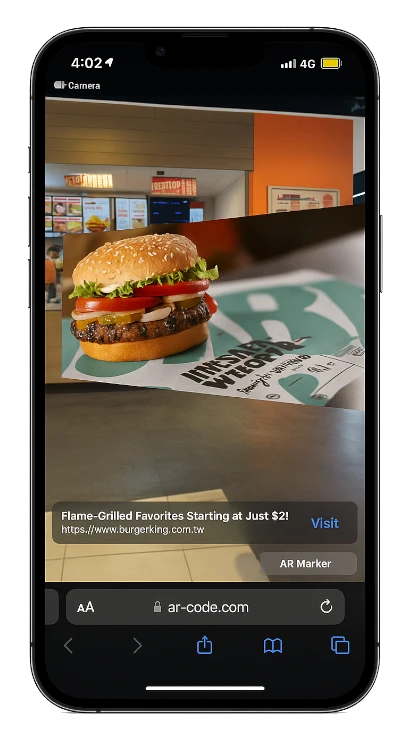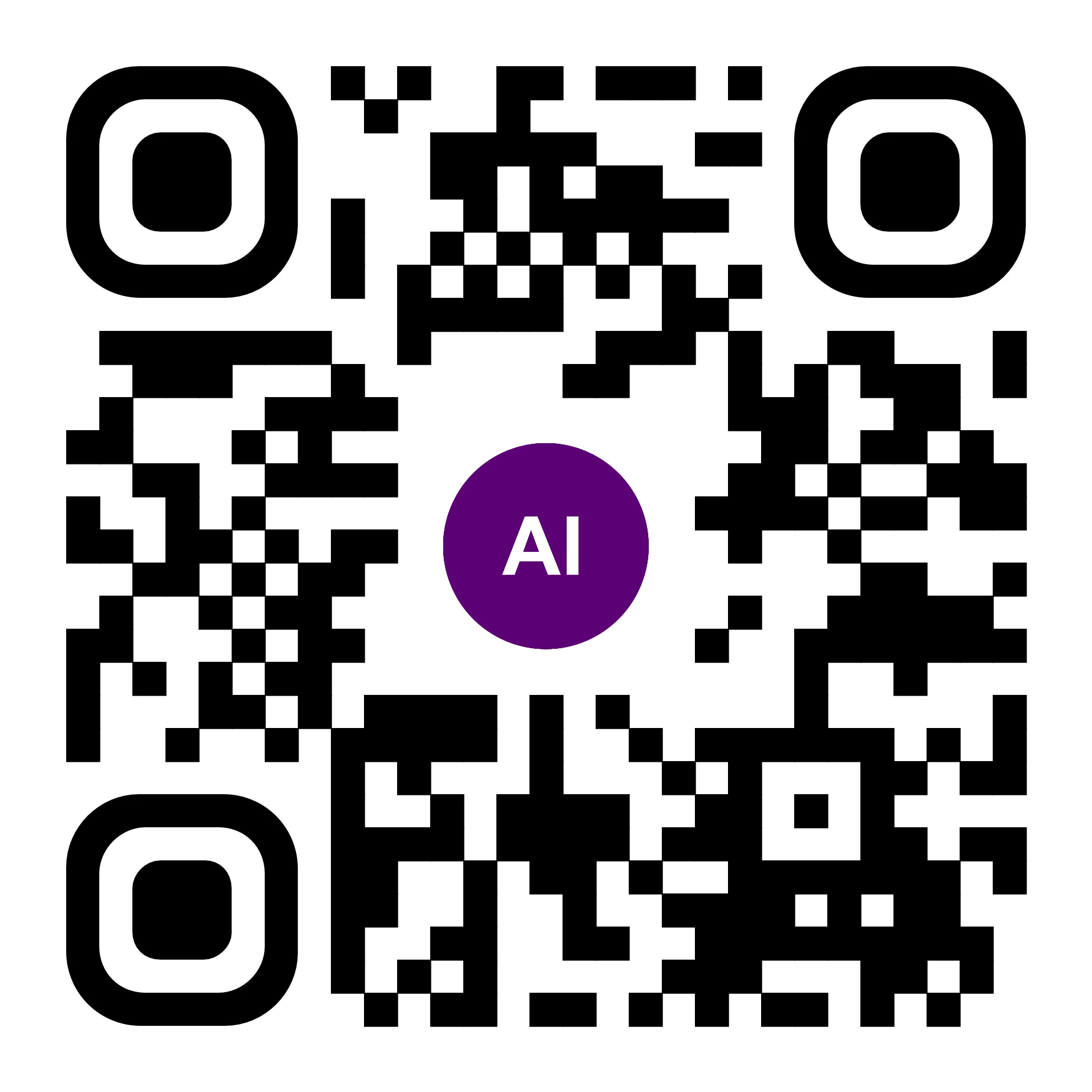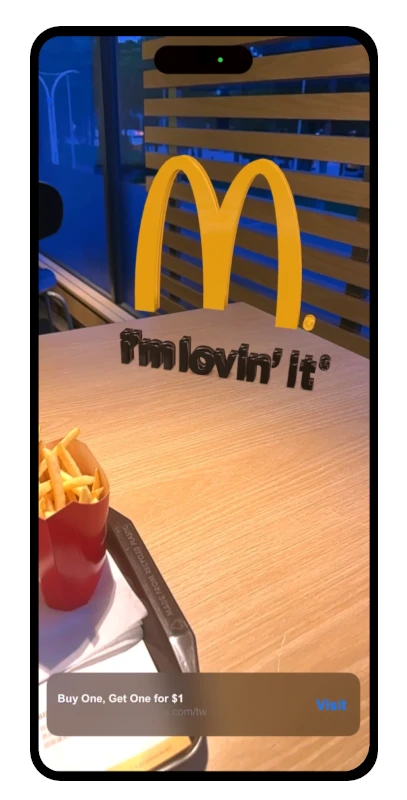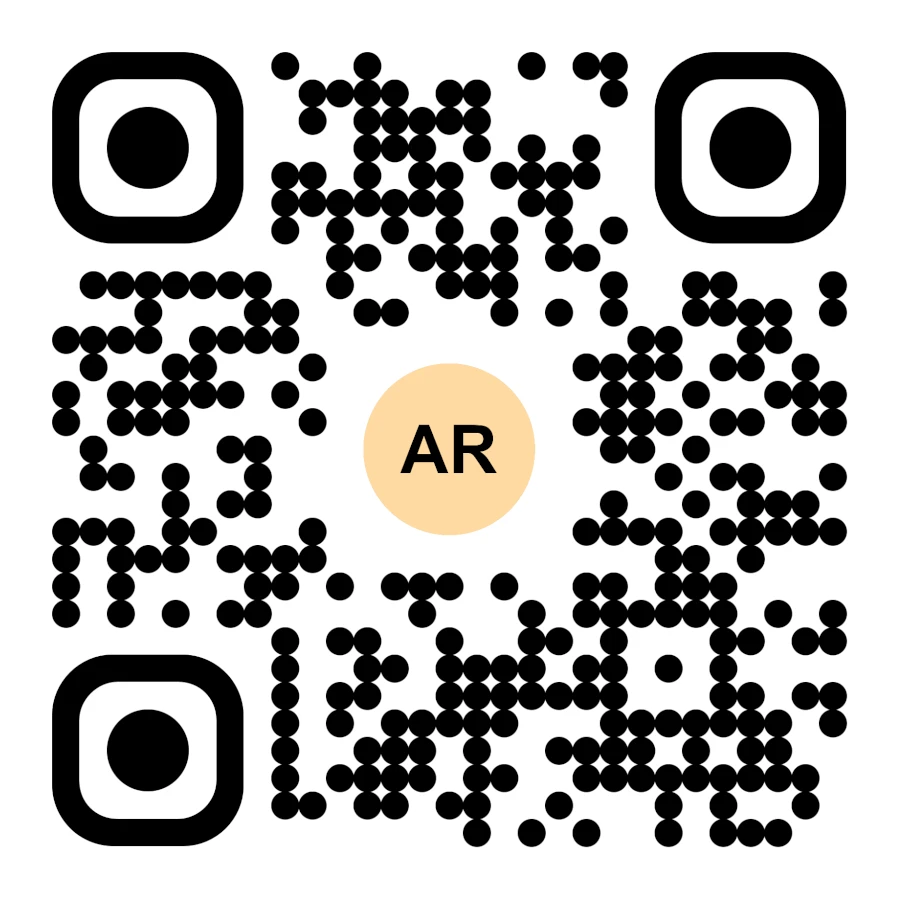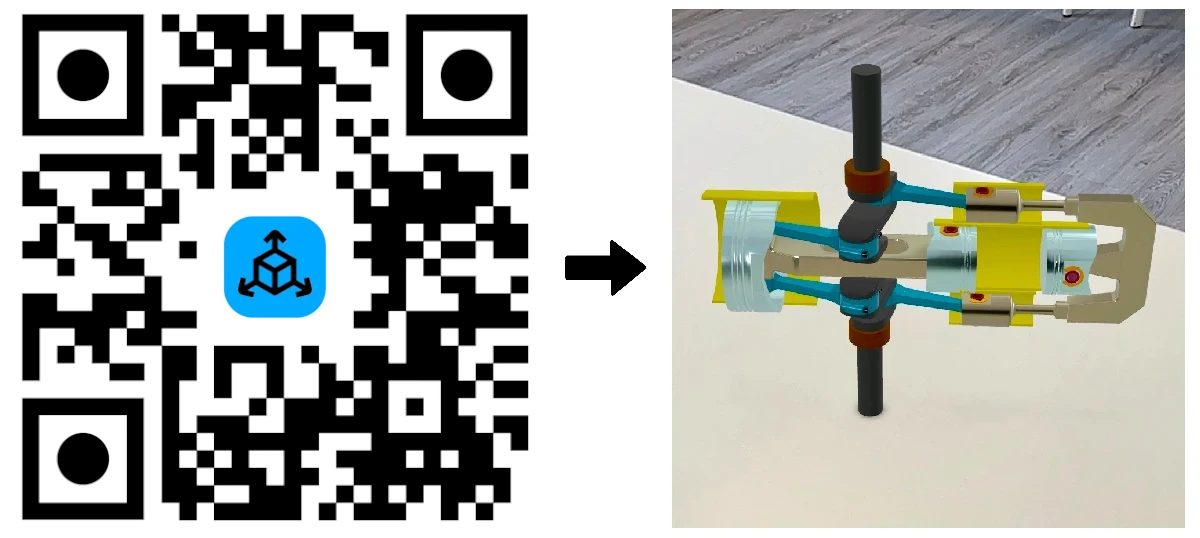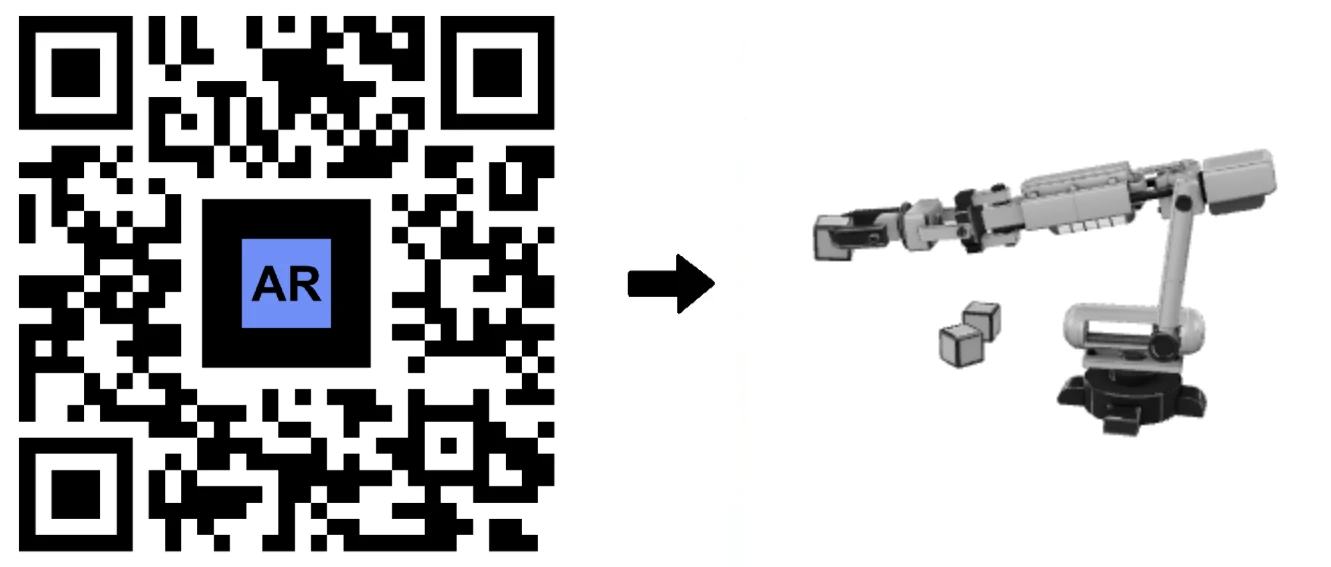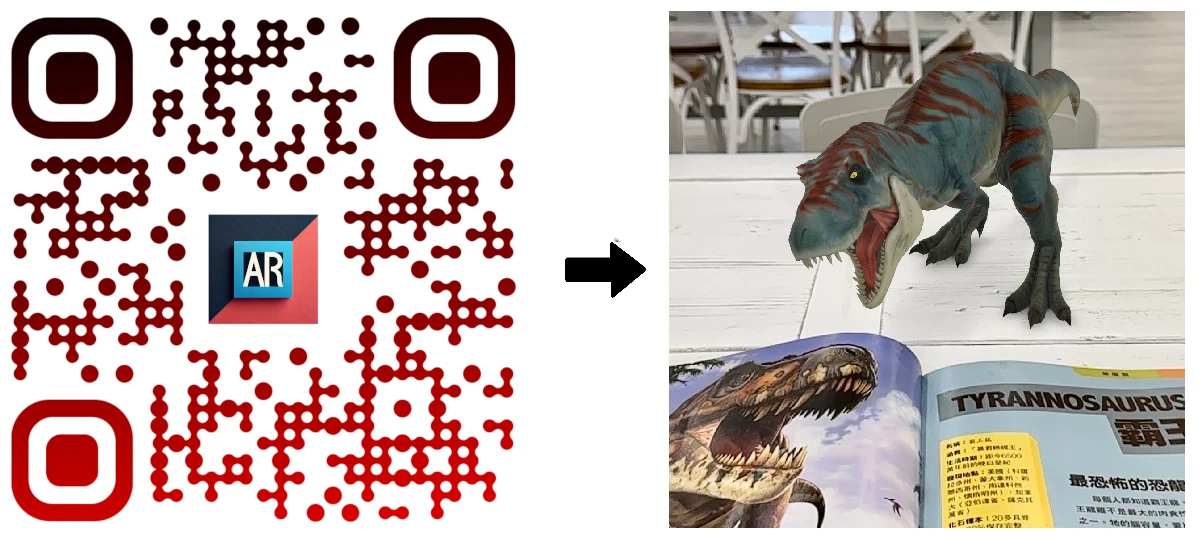3DQR vs AR Code: A Comparative Study of QR Code-Based Augmented Reality Solutions
WebAR | 03/01/2026 |
Augmented Reality is rapidly reshaping business engagement and operational processes across industries. AR Code and 3DQR are top AR SaaS platforms empowering organizations to deliver immersive digital experiences, boost customer engagement, and increase ROI. This side-by-side comparison highlights their features, business applications, and technical compatibility, guiding you to the best AR solution for your company’s digital strategy.
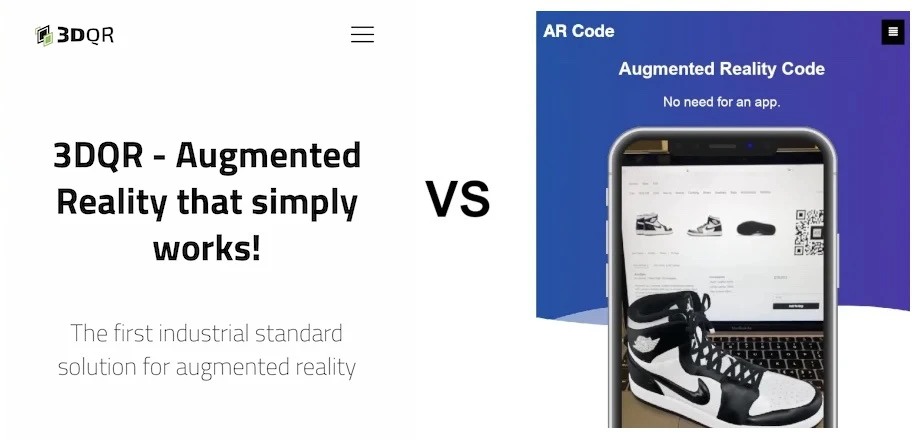
Impact of 3DQR and AR Code on Business Applications
3DQR offers a unified AR platform tailored for corporate training, industrial maintenance, and enterprise marketing. Its user-friendly interface simplifies creation of advanced AR scenarios, supporting process optimization and workflow management. See how AR Code is driving AR innovation in museums and multiple industries for actionable insights on augmented reality in business.
AR Code distinguishes itself with unmatched compatibility and versatility, making enterprise AR scalable in industrial and manufacturing, interactive packaging, AR business cards, retail, events, and fashion. With AR Code, enhance digital customer journeys, boost product engagement, and accelerate ROI. For marketing, discover how AR Code is redefining interactive advertising worldwide.
Creating AR Experiences: 3DQR vs. AR Code User Interfaces
3DQR leverages QR-based recognition for efficient AR scene management, making it ideal for real estate and asset management where instant data visualization matters.
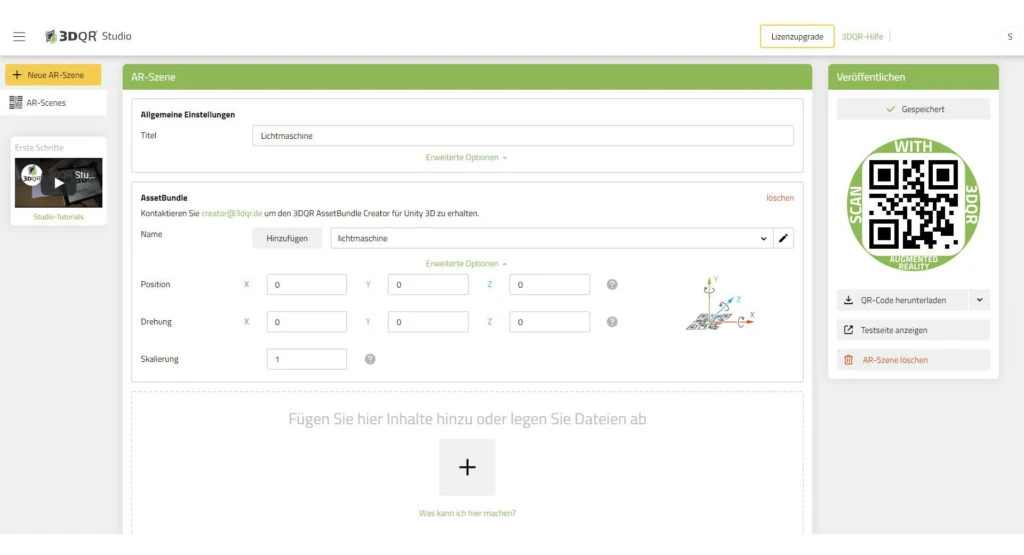
AR Code provides a cloud-native, feature-rich dashboard and intuitive iOS apps for rapid AR deployment. Gain campaign analytics, content optimization, and robust AR user tracking and retargeting. Create impactful content with apps like AR Text and AR Portal for fast 3D content creation. Follow our guides, such as the step-by-step AR photo tutorial and 3D text generation walkthrough, to launch high-impact AR campaigns with ease.
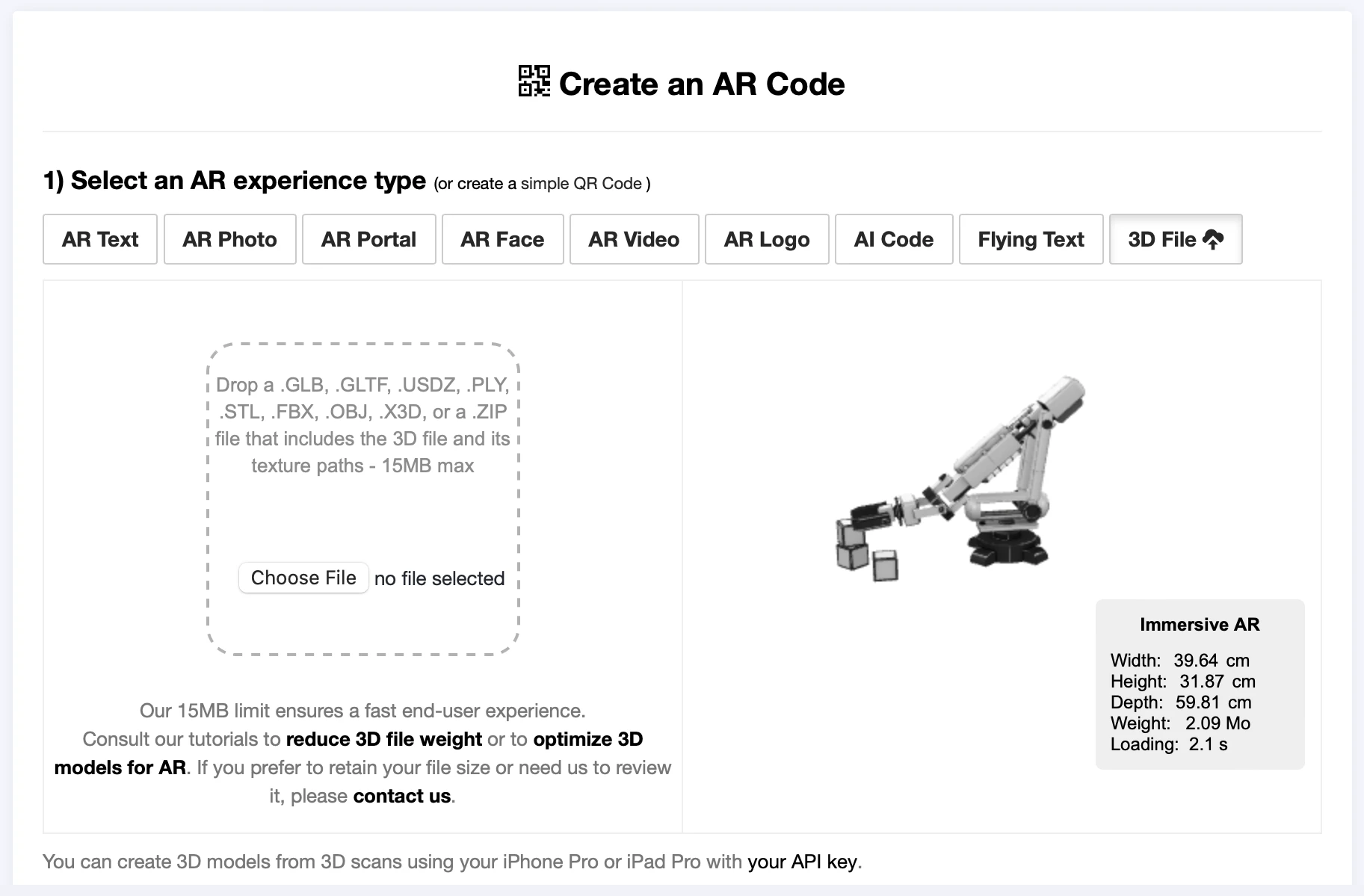
Comparing Compatibility: 3DQR vs. AR Code Technologies
3DQR operates through its proprietary 3DQR Plus App, requiring dedicated onboarding and platform investment. This is well-suited to businesses seeking specialized solutions and integrations.
AR Code excels with frictionless, app-free AR experiences using native iOS, Android, and webAR. Anyone can instantly scan AR Codes with any smartphone or tablet. AR Code supports iOS, iPadOS, Android, and offers complete Apple Vision Pro compatibility. Businesses benefit from immersive storytelling, in-depth product visualization, and AR-powered social content. Boost e-commerce and buyer confidence—showcase products in AR and expand your reach with interactive AR catalogs.
Customer Support and Service Excellence
For AR success, support matters. 3DQR offers targeted post-project guidance for businesses. AR Code equips your team with a unified dashboard for analytics, content management, and campaign scaling, giving you total control and faster deployment. Agencies can quickly offer AR solutions to clients and gain a competitive advantage.
Pricing Models: 3DQR vs. AR Code
3DQR provides enterprise-level pricing paired with evaluation licenses for businesses requiring tailored AR solutions and workflows.
AR Code delivers straightforward SaaS pricing with transparent terms. Get started with a free trial and scale with commercial plans from just 89 USD/month for organizational use. Review the full guide to AR Code SaaS plans and licenses to discover the ideal option for your organization.
Choosing the Optimal AR Platform
Both 3DQR and AR Code deliver strong enterprise AR capabilities. However, AR Code’s SaaS model, wide compatibility, and innovation make it the top choice for businesses seeking accelerated digital growth and seamless AR integration.
Conclusion
Select your AR platform to match your business’s goals. With AR Code, gain leading SaaS tools, flexible licensing, and seamless Apple Vision Pro compatibility. Empower your organization to deliver compelling AR experiences and accelerate digital transformation.
Explore More AR Services
Broaden your AR strategy by exploring leading WebAR SaaS platforms. Compare alternatives to AR Code and choose the best fit for your business objectives:
Frequently Asked Questions
What are the primary applications of 3DQR and AR Code?
3DQR targets training, maintenance, and industrial marketing with robust AR for enterprise workflows. AR Code extends AR into interactive packaging, smart cities, education, business cards, and marketing campaigns for broad organizational impact.
How do the user interfaces of 3DQR and AR Code differ?
3DQR enables scene creation through QR codes. AR Code provides a cloud dashboard and dedicated iOS apps for fast AR content creation and streamlined deployment, supporting scalable AR solutions for teams.
What is the compatibility range of 3DQR and AR Code?
3DQR uses a dedicated app for both management and AR delivery. AR Code ensures instant, device-independent AR on iOS, Android, web browsers, and visionOS, delivering AR to every customer touchpoint.
What are the pricing structures of 3DQR and AR Code?
3DQR offers customized business pricing and trials. AR Code provides clear SaaS pricing, free trials, and monthly plans starting at 89 USD. Companies of all sizes can access advanced AR features and flexible scaling.
WebAR - Latest Blog Posts
8th Wall Is Shutting Down: Timeline, Impact, and the Best 8th Wall Alternative for WebAR
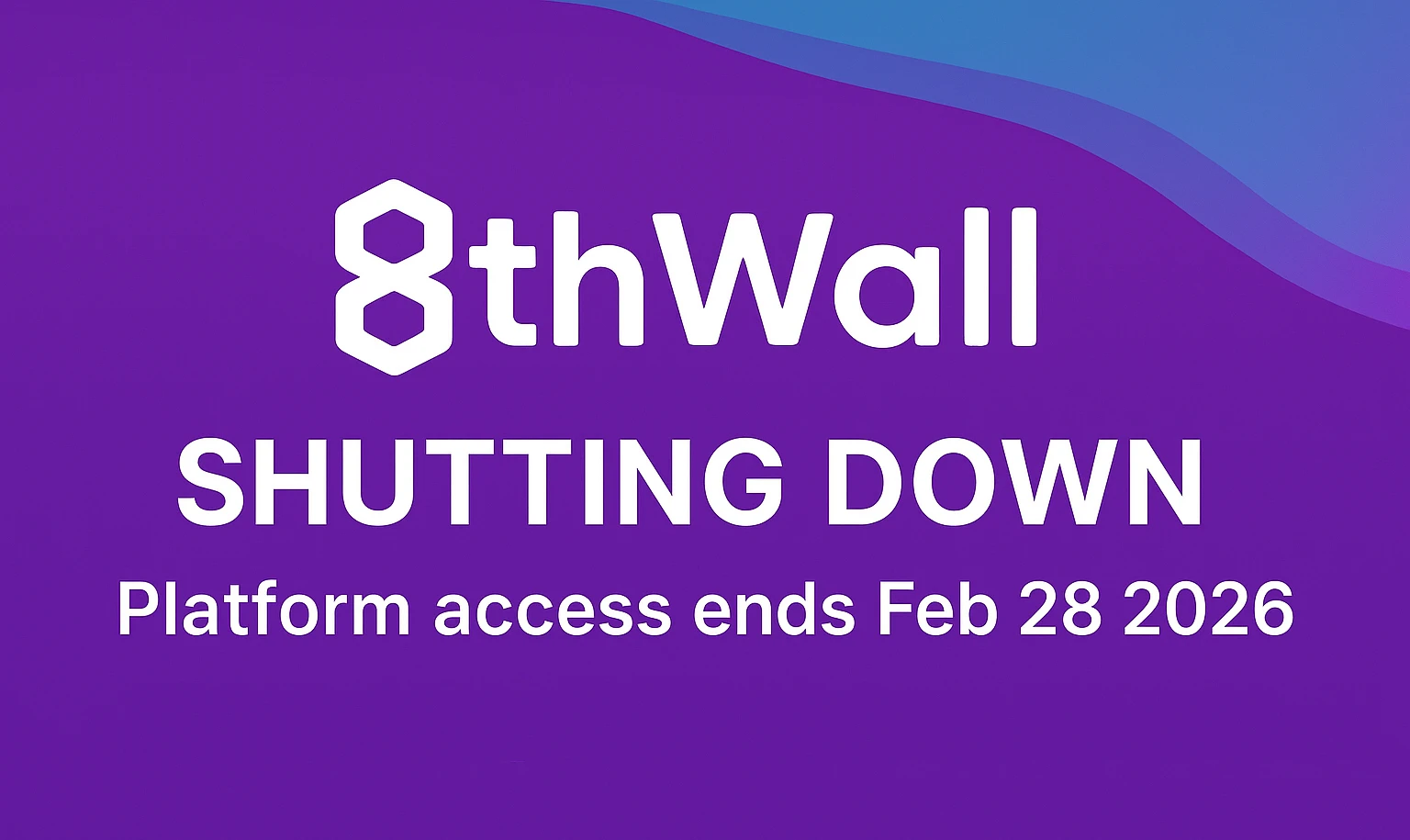
The WebAR environment is evolving rapidly with the announcement of the 8th Wall shutdown, a major move that impacts businesses, agencies, and developers who rely on browser-based augmented reality. As 8th Wall sunsets after seven years, organizations must prepare to migrate active AR campaigns and seek a trusted 8th...
Blippar VS AR Code: WebAR SaaS Platforms Compared
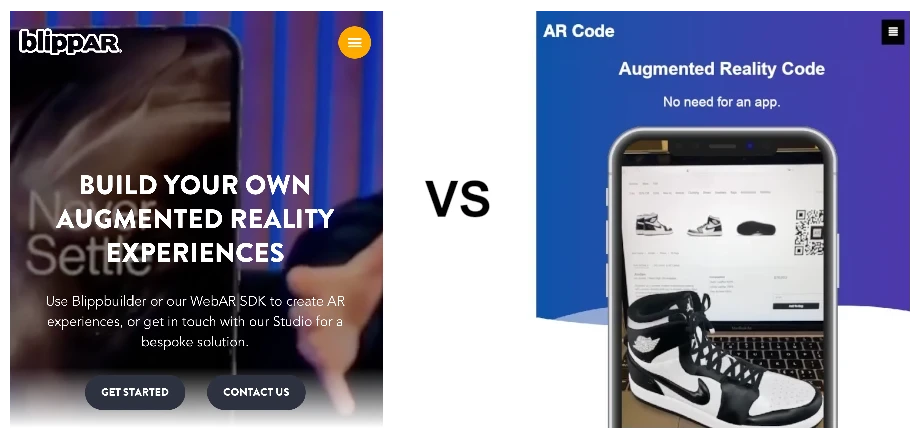
WebAR solutions like AR Code and Blippar are revolutionizing business engagement by delivering interactive augmented reality without the need for app downloads. This efficiency empowers brands to enhance marketing, packaging, retail, and event experiences. Embedding AR content at customer touchpoints not only...
8thWall VS AR Code: Comparing WebAR SaaS for Your Business
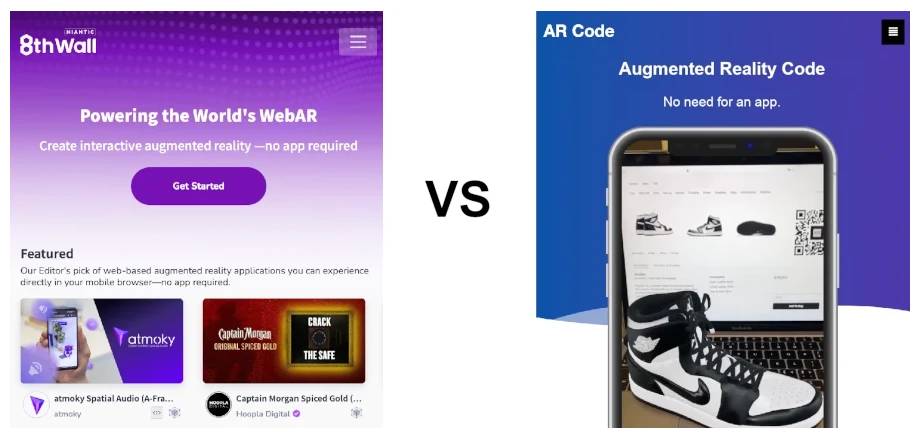
Web-based augmented reality (AR) is transforming how businesses engage customers and present products. Leading WebAR platforms such as AR Code and 8thWall enable companies to deploy interactive AR experiences directly in browsers, without apps. This accessibility elevates AR marketing and customer interaction across...
150,254 AR experiences
552,786 Scans per day
129,143 Creators

